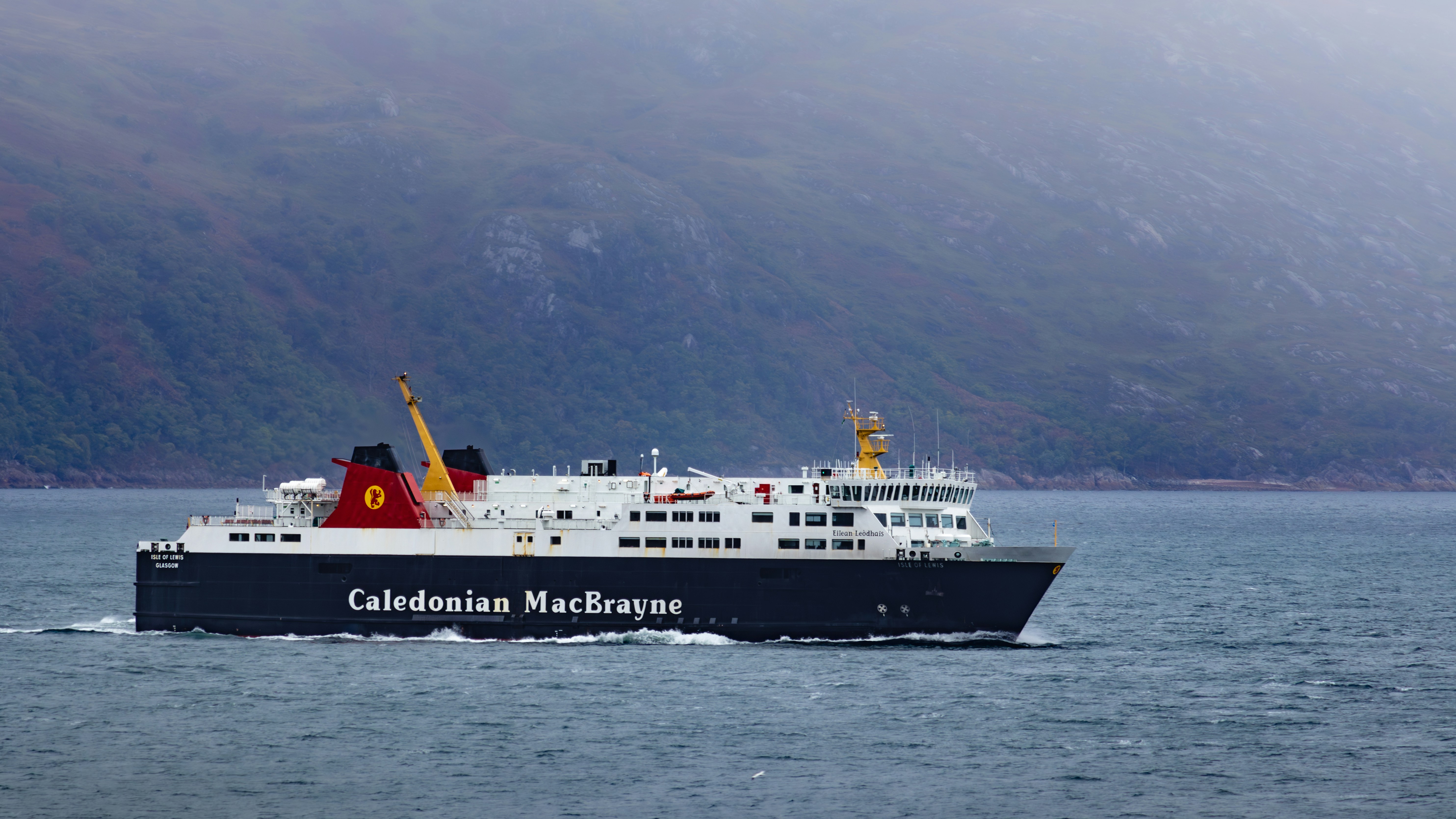
An Introduction to the Outer Hebrides
The Outer Hebrides, an enchanting archipelago located off the northwest coast of Scotland, is comprised of a series of islands, each showcasing its distinctive charm. The name “Hebrides” derives from the Norse term “Hoggar,” meaning “islands,” a testament to the region’s rich history and connections with Viking heritage. This group of islands stretches approximately 130 miles from the northernmost to the southernmost points, encompassing more than 50 islands, of which only 15 are inhabited.
The main islands include Lewis and Harris, North Uist, South Uist, Benbecula, and Barra. Each island uniquely contributes to the overall cultural mosaic of the Outer Hebrides, with Lewis and Harris renowned for their breathtaking landscapes and a rich blend of Gaelic culture and tradition. The island’s stony shores, rugged cliffs, and scenic beaches, juxtaposed with vast moorlands and beautiful lochs, offer remarkable natural beauty that attracts visitors year-round.
In addition to the striking topography, the Outer Hebrides is steeped in history and culture. Influenced by the Gaelic language and traditional practices, the islands are a living testament to Scotland’s cultural heritage. The vibrant community life, reflected in their music, crafts, and festivals, encapsulates the spirit of the islands. Moreover, the Outer Hebrides is widely known for its distinctive textile production, particularly Harris Tweed, which has become synonymous with quality craftsmanship.
As a destination, the Outer Hebrides promises a unique blend of adventure, tranquility, and cultural exploration, making it an irresistible choice for travelers seeking a deeper connection with Scotland’s landscapes and traditions. The diverse ecosystems and historical landmarks provide endless opportunities for adventure and learning, captivating visitors with each discovery.
Natural Wonders: Landscapes and Wildlife
The Outer Hebrides boast an array of landscapes that are as diverse as they are breathtaking. The islands feature pristine beaches with powdery white sands, such as those on Barra, where turquoise waters meet the rugged coastline. These idyllic beaches serve as a perfect backdrop for visitors seeking tranquility and natural beauty. The juxtaposition of the sandy shores against the dramatic cliffs and jagged rocks further emphasizes the unique topography of the region. Heather-covered hills, particularly prominent on the Isle of Lewis, contrast with the lush green valleys, creating a picturesque canvas that varies with the changing seasons.
In addition to its captivating scenery, the Outer Hebrides are home to an impressive range of wildlife that thrives in its diverse ecosystems. Birdwatching enthusiasts will find themselves enchanted by the myriad of species that inhabit the islands. The remote cliffs and coastal habitats are particularly ideal for spotting seabirds, including puffins, gannets, and guillemots. Nature reserves such as the Loch of St. Ailein on Harris offer prime locations for observing migratory birds and local wildlife, providing a sanctuary for rare species like the corncrake.
The unique blend of landscapes and wildlife in the Outer Hebrides creates numerous opportunities for outdoor activities, including nature walks and hiking. Trails meander through the heather-clad hills and along the shores, allowing visitors to immerse themselves in the stunning surroundings while observing the native flora and fauna. Phenomenal views from the summit of hills and cliffs, such as those found at Clisham, reveal the vastness of the islands, instilling a sense of wonder for nature enthusiasts and casual visitors alike. Undoubtedly, the natural wonders of the Outer Hebrides play a crucial role in defining the region’s ecological richness and cultural heritage.
Cultural Heritage: History and Traditions
The Outer Hebrides, an archipelago off the west coast of Scotland, boasts a vibrant cultural heritage shaped by its unique history and traditions. One of the most prominent aspects of this cultural identity is the Gaelic language, which serves not only as a means of communication but also as a vessel for the history and values of the islanders. As many residents speak Gaelic, the language plays a crucial role in connecting past generations with contemporary life. It is common to find Gaelic spoken in songs, storytelling, and various community dialogues, enriching the local culture.
Traditional music forms another critical component of the cultural landscape in the Outer Hebrides. Instruments such as the fiddle and the bagpipes, alongside distinctive vocal styles, evoke the sounds of the past, embodying the spirit of the islands. Local music festivals and ceilidhs foster communal participation, ensuring these cherished traditions are kept alive. A deep sense of pride is evident among the islanders regarding their musical heritage, often seen in celebrations that attract visitors from afar.
The crafts of the Outer Hebrides further illustrate the importance of cultural heritage. Weaving, particularly the intricate Harris Tweed, is emblematic of the islands’ craftsmanship and connection to the land. Local artisans practice weaving techniques passed down through generations, each piece reflecting the individual artist’s skill while honoring ancestral methods. Similarly, pottery has gained recognition for its unique designs, carefully integrating local motifs that narrate the story of the islands. The cultural significance of these crafts extends beyond aesthetics; they encapsulate the resilience and creativity of the islanders.
Key landmarks such as ancient ruins, castles, and standing stones serve as historical reminders of the islands’ storied past, illustrating the enduring influence of Celtic culture. Festivals celebrating heritage, spirituality, and community life—such as the Hebridean Celtic Festival—offer an opportunity for both residents and visitors to engage with the traditions surrounding them. Through these lenses, the rich cultural tapestry of the Outer Hebrides is revealed, showcasing a legacy that continues to thrive.
Visiting the Outer Hebrides: Travel Tips and Recommendations
Traveling to the Outer Hebrides offers a unique opportunity to experience stunning landscapes and rich cultural heritage. To make the most of your visit, start by considering your transportation options. Depending on your location, you can reach the islands by ferry or via flights to mainland airports followed by onward connections. Calmac Ferries provide essential links between the islands and the mainland, while local flights operate from airports such as Stornoway and Benbecula, making travel more convenient.
When it comes to accommodation, a variety of options are available to suit all preferences. From charming bed-and-breakfasts and guesthouses to self-catering cottages and hotels, visitors can find suitable lodgings in popular areas such as Lewis, Harris, and Uist. Booking well in advance, especially during peak seasons, is advisable to secure your ideal stay. Many establishments also showcase local culture through decor and cuisine, enhancing your experience.
As for attractions, the Outer Hebrides are rich in historical and natural wonders. One must-visit spot is the Callanish Stones on Lewis, an impressive prehistoric site that offers insight into the islands’ ancient past. For nature enthusiasts, the beaches of Harris are a breathtaking sight, boasting white sands and crystal-clear waters. The islands also offer numerous outdoor activities, including hiking along the coastal trails, fishing in bountiful waters, and exploring the numerous archaeological sites dotting the landscape.
It is essential for travelers to be prepared for changeable weather conditions in the Outer Hebrides, so packing layers and waterproof gear is advisable. Overall, by planning your itinerary wisely and engaging in local activities, you can enjoy a memorable experience that reflects the beauty and culture of this remarkable destination.



